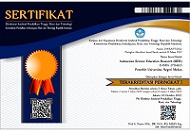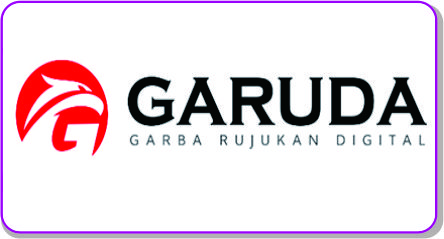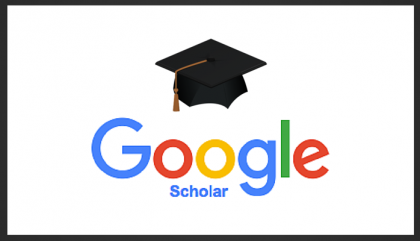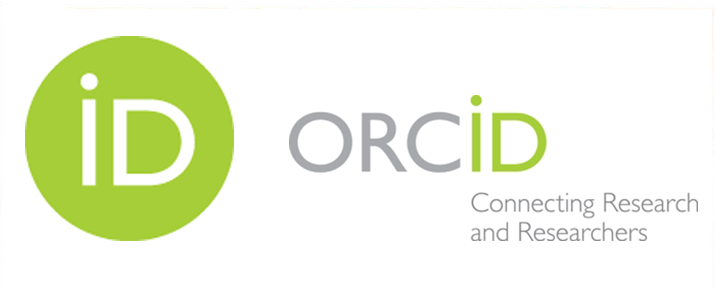EXECUTIVE SUMMARIES OF TEACHER’S ABILITY ON TPACK IN NORTH SUMATERA: PRELIMINARY RESEARCH ON THE DEVELOPMENT OF SCIENCE LITERACY-BASED LEARNING MODELS
Abstract
Full Text:
PDFReferences
Cahyani, Ernadya Regita., dkk “Analisis Kemampuan Berpikir Kreatif Siswa SMP Terhadap Konsep Pencemaran Lingkungan Ditinjau dari Perbedaan Gender”, Pensa E-Jurnal: Pendidikan Sains 13, no.1 (2022) - 2 Mei, 2022 -https://ejournal.unesa.ac.id/index.php/pensa/article/view/41109.
Chi, S., Liu, X., Wang, Z., & Won Han, S. (2018). Moderation of the Effects of Scientific Inquiry Activities on Low SES Students’ PISA 2015 Science Achievement by School Teacher Sup¬port and Disciplinary Climate in Science Class¬room Across Gender. International Journal of Science Education, 40(11), 1284-1304.
Diana, S. (2016). Pengaruh Penerapan Strategi Peer Assisted Learning (PAL) terhadap Kemam¬puan Literasi Sains Mahasiswa dalam Perku¬liahan Morfologi Tumbuhan. Jurnal Pengajaran MIPA, 21(1), 82-91.
Hardinata, A., Simatupang, H., Hanifa, F., Latip, A., Efwinda, S., & Yogica, R. (2020). survey on the effectiveness of online lectures during covid-19 pandemic: METHODS AND DIFFICULTIES. ISER (Indonesian science education research), 2(2).
Harun, S. 2021. Pembelajaran di Era 5.0. Prosiding Seminar Nasional Pendidikan Dasar “Merdeka Belajar dalam Menyambut Era Masyarakat 5.0”, Gorontalo: 25 November 2021. Hal. 265-276.
Koehler, M., & Mishra, P. (2009). What is technological pedagogical content knowledge (TPACK)?. Contemporary issues in technology and teacher education, 9(1), 60-70.
Lyublinskaya, I. Evolution of a course for special education teachers on integrating technology into math and science. In Handbook of Research on Teacher Education in the Digital Age; Niess, M.L., Gillow-Wiles, H., Eds.; IGI Global: Hershey, PA, USA, 2015; pp. 532–559.
Lyublinskaya, I.; Kaplon-Schilis, A. Analysis of Differences in the Levels of TPACK: Unpacking Performance Indicators in the TPACK Levels Rubric. Educ. Sci. 2022, 12, 79.
Niess, M.L.; Gillow-Wiles, H. Online instructional strategies for enhancing teachers’ TPACK: Experiences, discourse, and critical reflection. In Research Anthology on Developing Effective Online Learning Courses; Information Resources Management Association, Ed.; IGI Global: Hershey, PA, USA, 2021; pp. 326–348.
OECD. (2016). PISA 2015 Results (Volume I): Excellence and Equity in ducation,
PISA. Paris: OECD Publishing.
Sugiyono. (2016). Metode Penelitian Kuantitatif, Kualitatif dan R&D. Bandung:
PT Alfabet.
Voogt, J.; McKenney, S. TPACK in teacher education: Are we preparing teachers to use technology for early literacy? Technol. Pedagog. Educ. 2017, 26, 69–83.
Wenning, C. J. (2006). Assessing nature-of-science literacy as one component of scientific literacy. Journal of Physics Teacher Education Online, 3(4), 3-14.
Winata, A., Cacik, S., & W., I. S. R. (2016). Analisis Kemampuan Awal Liteasi Sains Mahasiswa pada Konsep IPA. Education and Human Devel¬opment Journal, 01(01), 34-39
DOI: https://doi.org/10.24114/iser.v5i1.49412
Article Metrics
Abstract view : 143 timesPDF - 107 times
Refbacks
- There are currently no refbacks.

This work is licensed under a Creative Commons Attribution 4.0 International License.








